
10 minute read
doublehanded farallones
ALL PHOTOS SLACKWATER SF EXCEPT AS NOTED

Advertisement
Husband-and-wife team Mark and Kim Zimmer were the first mixed-gender crew to finish on the colorful F-25c 'Khimaira'.
The Bay Area Multihull Association normally runs their most famous race, the Doublehanded Farallones, in early spring, usually on the last Saturday of March or the first Saturday of April. Well, we all know what was happening around that time, and one thing it didn't include was any yacht racing.
As the Yacht Racing Association, the Coast Guard, clubs and other 'organizing authorities' began to figure out how to facilitate sailing events without violating county health orders, races that had been postponed or canceled during the spring began reappearing on the 2020 calendar.
BAMA selected September 19 as the do-over date for the 41st Doublehanded Farallones Race. You may recall that during late August and much of September, wildfire smoke cast a pall on much of the West Coast. It blended with fog on the ocean to hamper visibility. The currents on the 19th weren't ideal, but they were manageable. "We obviously had to reschedule this year's Doublehanded Farallones Race from its original date at the end of March," reports BAMA's commodore, Truls Myklebust, "just as all of the Bay Area was getting shut down for the COVID-19 pandemic. We seized on the September 19 date as soon as we heard that the Big Boat Series was canceled. Arguably, the second half of September is a great time to sail out to the Farallones. For the last several years, BAMA has run a September Farallones Cruise, and that event has been very popular — usually with lots of whales seen along the way. "In addition to the change in dates, we made a few other changes this year. We ran the start from Baker Beach. That was a popular place to start races way back in the day, so it's a bit of a throwback, but we've had challenges getting the racers off from the Golden Gate Yacht Club several times the last few years in light winds in the morning, and racers have sometimes had trouble clearing the South Tower in the current when winds have been light. The Baker Beach start solved those issues, and gave racers the maximum chance of morning breeze for the getaway. In addition, Baker Beach provided a nice 'stadium' feel to the start, where we could observe the strategies that boats took after starting the race.
"We also allowed racers to go on either side of Mile Rock, and we gave the option of rounding the island in either direction. That opened up additional strategic options for racers, and, in the event of rough conditions, there's a nice safety angle to allowing racers to tack
The J/125 'Rufless' sails the last leg, from the Golden Gate Bridge to the finish. They won the Stewart Kett Memorial Trophy. When we approach the Gate after an ocean race, we look for kites — that gives us a heads-up that it's a windy afternoon on the Bay.
around the island rather than have a potentially ugly jibe in big swell on the back side of the island. "Finally, due to COVID-19, we conducted all meetings over Zoom. Both the skippers' and awards meetings were virtual and online, and that proved to be very effective. Not only did that allow racers to be socially distanced, it also allowed racers to participate who may not have wanted to drive in heavy rush-hour traffic to an in-person skippers' or awards meeting. Some of the participants in the DHF each year are from outside the Bay Area, and that made it easy for them to participate. "The race committee wore masks and were socially distanced, outside, in the parking lot at Baker Beach in the morning, plus a single family on the committee boat, and then outside on the sea wall in front of GGYC for the finish. "For additional safety for this race, we secured the participation of volunteers in the Ham radio community in San Francisco, and they had well-positioned antennas and high-power radios that helped keep contact with racers. That proved very useful for the roll calls for late returners. Our Ham radio volunteers were able to reach all racers, even though they were well beyond the reception range from the finish on the sea wall in front of GGYC."
IN THE FOG OF SEPTEMBER


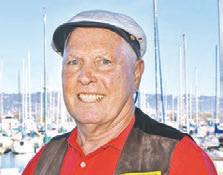
JEREMY BOYETTE
LATITUDE / CHRIS
John Kearney and Jay Moore finished around 7 p.m. to win the Express 27 class.
All of the racers started on schedule in light breeze. Many boats tacked toward Point Bonita to catch the last bit of the ebb. "That proved to be a big mistake for many boats," recounts Myklebust. "Instead of benefiting from the last of the ebb, boats instead found the beginning of the flood, and we saw many boats drift back from Point Bonita all the way to Point Diablo. In the meanwhile, the boats that went for Land's End had a clean getaway and were speeding to the islands. That caused a major break in the fleet. Many boats retired after struggling in the current, and the last boats didn't really get away from Point Bonita until about noon."
The fastest multihull, Round Midnight, and the fastest monohull, 'io, took the Land's End side and benefited handsomely from that. "Round Midnight's lead was so large that on approach to Point Bonita on the way back toward the finish, they met boats that were still on their way out past the ship channel on the way to the island!" added Truls. "The weather models had forecast that the winds would shut down entirely after about 9 p.m., and we were concerned that we would have some very late returners," he continued. "However,
Top: 'Round Midnight' in light conditions about five minutes after the 8:05 a.m. multihull start. Bottom: Rick Waltonsmith at last year's YRA awards party.
the late returners found the breeze they needed, and we had all boats safely back by just after 10 p.m.
The first boat back was Rick Waltonsmith's Explorer 44 trimaran Round Midnight. Rick and his crew finished amazingly early, at 2:18 p.m., for an elapsed time of 6 hours, 13 minutes. "Though we considered anchoring in Aquatic Park Cove on Friday night, my crew, Dave Olson, and I slept on ‘Round Midnight," reports Waltonsmith. The boat is berthed in Oakland, on the Estuary near Coast Guard Island. The duo left the dock Saturday morning at 5:30. "Ouch. Lots of tugs moving about at that time of day. At least the motor out past the Gate was not foggy. "Our start was pretty smooth, and the start line was long enough for all to fit. Things changed after the start. My crew Dave's nose twitched: 'There is wind, south, over by the rocks.' We kept going that way. Indeed there was wind over there, but nobody followed us; and the water is pretty deep to within about 50 meters. After our tack, we were able to go right on past Mile Rock and stay on that tack all the way to the islands, making 8-9 knots of boatspeed. "My pattern is to trade off steering every 30 minutes between the crew. This works well and makes the time fly. With just two of us, steering can still be demanding on the concentration. "Islands? We had just a glimpse of Southeast Farallon at about three miles out. Then all we saw was fog, and looking at my deepwater waypoint course around. The wind built to 18-20 going around. We thought it a local phenomenon, as we never had more than 10-12 going out. "The wind held the 18-20 for about half the ride back, and we were just using full main and jib. When the wind started dropping, we rolled out the screacher in a downwind configuration. Our speed was way down, and this was deflating; but the sun also came out nicely for our return under the Gate. "Many thanks to Truls, Dave Wilhite on the race committee boat, and our great BAMA team for organizing this year's DHF. I realize there is so much work involved in putting on a race. Truls' radio instructions were first-rate. And thanks to my crew, Dave Olson, who tolerates many of my eccentricities."
The first-place monohull, Buzz Blackett's carbon Antrim 27 'io, is still in her freshman year of life. Buzz sailed the DHF with the boat's designer, Jim Antrim, a frequent sailing partner. They finished at 4:44 p.m. after racing for about eight and a half hours. "Four things were key for Jim Antrim and me," reports Blackett. "1. We quit trying to get north almost immediately after the start. We were the farthest left of all the boats that made it out the Gate without getting caught in the Point Bonita suction. We were fairly confident that the wind would go way right based on the NAM (COAMPS) gribs at www.windy.com. We rode the progressive lift through almost 40 degrees and kept the sheets slightly eased and the boat powered up for the entire leg. As a result, we sailed the shortest route to the islands of any of the boats we could see. "2. We used our new chartplotter mounted in the companionway to constantly monitor our COG [course over ground] and whether we were losing or gaining bearing on our island waypoint. (We did the same for the South Tower during the return leg.) We sailed right to our first waypoint on the north side of the islands despite less than a quartermile visibility when we arrived. The five waypoints that Jim programmed outside the 1,000-ft minimum standoffs worked perfectly. We'd pass each one, and immediately turn and trim sails for the next one.
DOUBLEHANDED FARALLONES
"3. Our smallest kite (the A-7) worked really well on the reach back, although it collapsed a bunch of times. If we'd set it at the island, instead of the big one, we probably wouldn't have needed to do any jib reaching. "4. We managed the windy jibe at the bridge and the run to the fi nish with the big kite, even though we were way overpowered in the puffs. That luck ran out after we fi nished and jibed to head to Richmond — we broached big-time and had to drop the kite to get back on our feet. (Yes, it shrimped, and was a mess to get back on board.)"
In a year when packing your boat full of unrelated crewmembers is problematic, doublehanded racing is a welcome alternative.
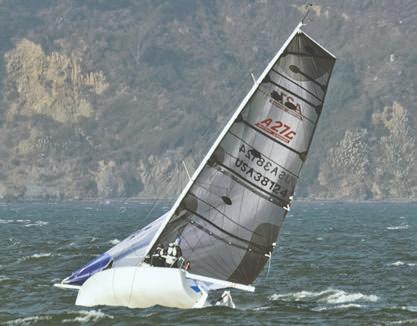
— latitude/chris
BAMA DOUBLEHANDED FARALLONES, 9/19
MONOHULL 1 — 1) Timber Wolf, Farr 38, Dave Hodges/John Kernot; 2) Waterworks, Soverel 33, David Bennett/Nathan Bossett; 3) Favonius, Dehler 46, Gregory Dorn/Cam Tuttle. (12 boats)
MONOHULL 2 — 1) Snafu, Moore 24, Karl Robrock/Bart Hackworth; 2) Topper II, Moore 24, Conrad Holbrook/Eric Ochs; 3) Oxymoron, Moore 24, Tom Southam/Ryan Brown. (6 boats)
ULDB — 1) 'io, Antrim 27, Buzz Blackett/Jim Antrim; 2) Wolfpack, Donovan 30, Andy Hamilton/Simon Winer; 3) Rufl ess, J/125, Rufus Sjoberg/Jason Crowson. (8 boats)
EXPRESS 37 — 1) Eclipse, Sandy Andersen Wertanen/Stephanie Campbell. (4 boats)
EXPRESS 27 — 1) Salty Hotel, John Kearney/Jay Moore; 2) Tequila Mockingbird, Mathieu Krogstad/Brett Davis; 3) Hang 20, Lori Tewksbury/Andrew Redfern. (7 boats)
MULTIHULL — 1) Round Midnight, Explorer 44, Rick Waltonsmith/Dave Olson; 2) Greyhound, F-22, Evan McDonald/George Kiskad-
LATITUDE / CHRIS
In blustery conditions, 'io's post-fi nish jibe-forhome didn't go so well. Inset: Buzz Blackett.
don; 3) Khimaira, F-25c, Mark & Kimberly Zimmer. (7 boats) Full results at www.jibeset.net
SHOW YOUR SAILS
SOME LOVE
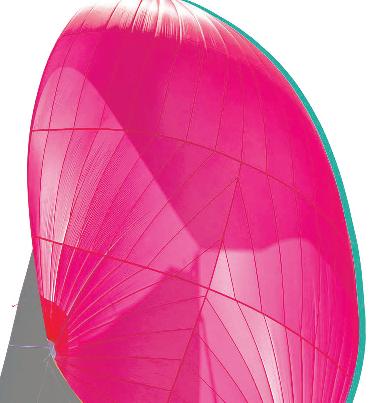
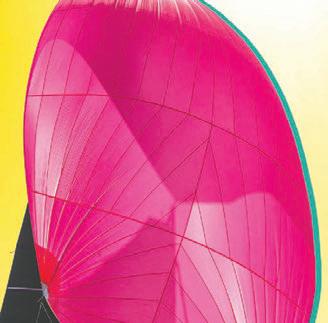
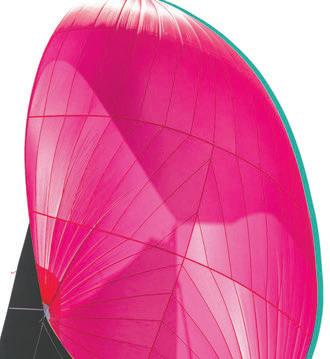
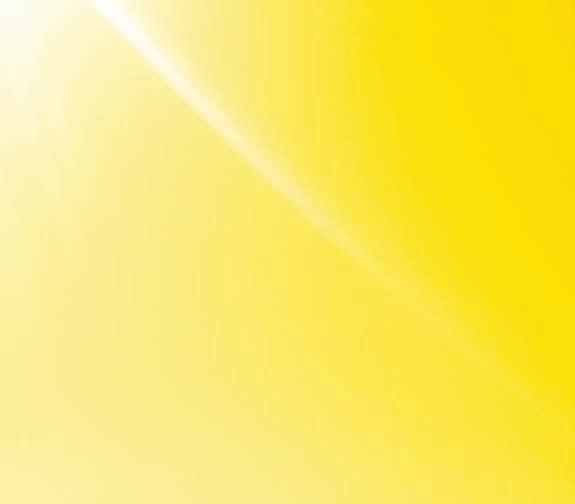
SAN DIEGO
2832 Cañon St, San Diego T 619 226 2422 sandiego@quantumsails.com
Free Inspections | Local Seasonal Specials
CONTACT YOUR LOFT
SAN FRANCISCO
1230 Brickyard Cove Rd #200, Pt. Richmond T 510 234 4334 pacific@quantumsails.com LONG BEACH
714 Marina Dr, Seal Beach T 562 799 7444 nwheatley@quantumsails.com










